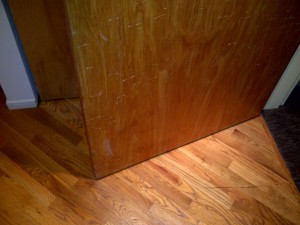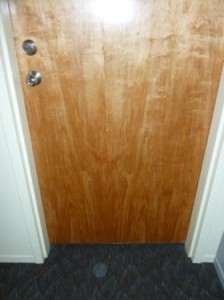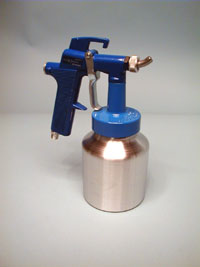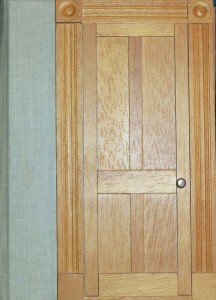When refinishing stained woodwork, stripping the old finish and starting over is very time-consuming and expensive process. The good news is that, in most cases, stripping is not necessary in order to rejuvenate your existing woodwork and make it look like new again.
As house painting contractors, based out of the Northwest suburbs of Chicago, we regularly get called on to rescue the stained woodwork in clients’ homes. After living in a house for over twenty and raising a family, the woodwork often gets a look worn out! Doors and door casings seem to show the most wear – a problem sometime compounded by pets, as shown in the attached picture. Surfaces, like these, that show nicks, scuffs and wear patterns, can be brought back to life by first cleaning the surfaces to remove the dirt, dust and oily residue that have accumulated over time. We then use a gel stain to add a very thin veil of color to the existing woodwork. That stain penetrates and hides all the unsightly blemishes and makes the wood look fresh again. We call this step “toning” the woodwork. Lastly, we re-varnish those surfaces.
We also regularly encounter situations where the finish on the interior bottom rails and sills of the windows breaks down due to effect of the sun and moisture condensation. In many situations, the finish is completely gone and the wood may even show water stains. For some reason, we encounter this problem almost exclusively with casement windows. In a situation like this, before toning the wood, we first sand the damaged areas bare and then stain them with a matching color. After the stain application is dry, we proceed with the toning procedure.
The second picture shows the completed wood refinishing project, after the toning and varnishing have taken place.









 Follow
Follow


